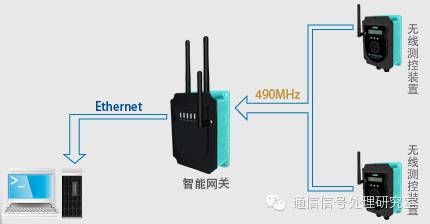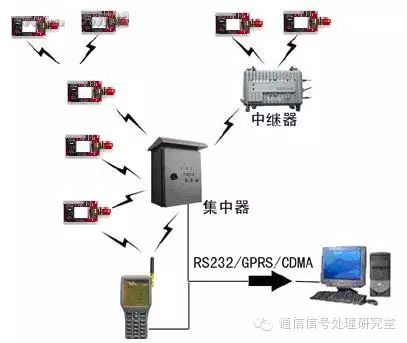
Wireless Sensor Network (WSN) is simply a multi-hop network system composed of a large number of sensor nodes deployed in a monitoring area, which self-organizes through wireless communication to collaboratively sense, collect, and process information about the monitored objects within the network coverage area and send it to the monitor. Below, we will discuss the architecture of the wireless sensor network.

The wireless sensor network system mainly includes wireless sensor nodes, aggregation nodes, and management nodes.
The wireless sensor nodes consist of four parts: the sensor module, processor module, wireless communication module, and energy supply module.
The sensor module is responsible for monitoring the information collection and data conversion in the area to be tested; the processor module controls the specific operations of the wireless sensor nodes, stores and processes the data collected by the wireless sensor nodes as well as data from other nodes; the wireless communication module communicates wirelessly with other wireless sensor nodes, exchanges control information, and receives and sends data collected by the nodes; the energy supply module provides the energy required for the operation of the wireless sensor nodes. Xinyi Technology provides two types of power supply methods: one is a built-in battery for the wireless sensor, and the other is equipped with a power adapter.

The aggregation node mainly collects the information gathered by the wireless sensor nodes and transmits it to the management node through wireless communication, serving as an intermediate connection. The data monitored by the wireless sensor nodes is transmitted hop by hop through other nodes, and during the transmission process, the monitored data may be processed by multiple nodes, routed through multiple hops to reach the aggregation node, and finally reach the management node via the internet or satellite.
The management node is the terminal monitoring platform, where users can configure and manage the wireless sensor network, publish monitoring tasks, and collect monitoring data.